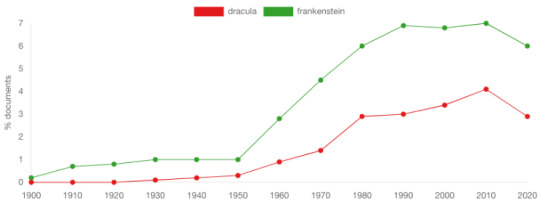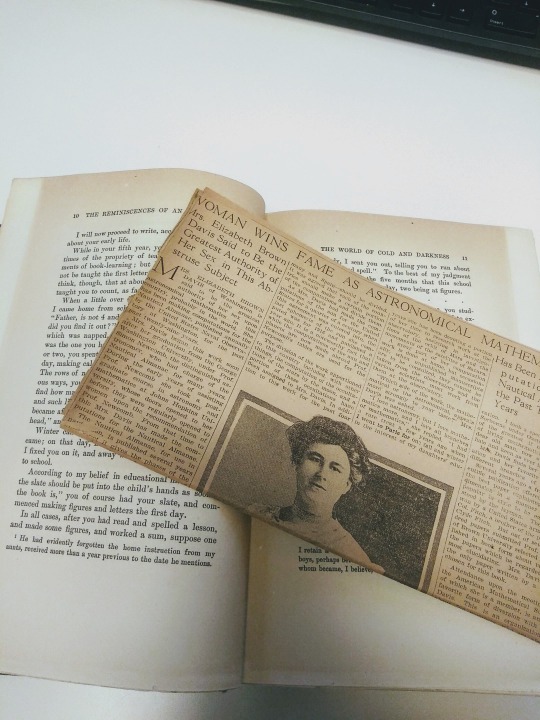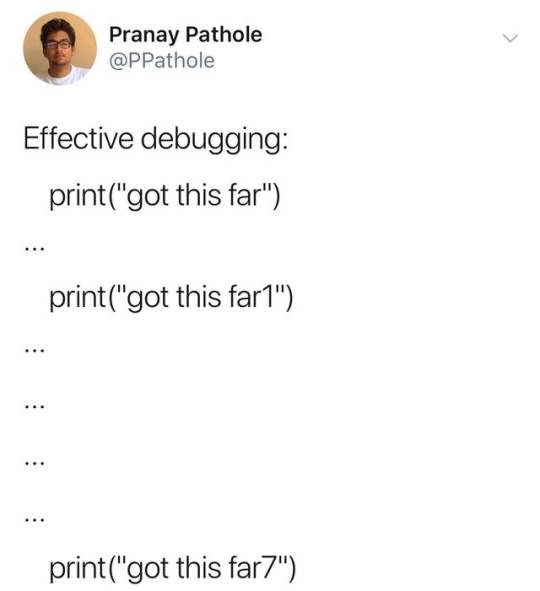I’m a member of the Society of Women Engineers. This blog is dedicated to the awesome things girls do in engineering specifically and Science, Technology, Engineering, and Mathematics (STEM) in general. Feel free to submit your posts!
Don't wanna be here? Send us removal request.
Text

“Would you be more careful if it was you who got pregnant?” Labadie Collection, Political Posters SCLP0906
Join the Special Collections Research Center in Hatcher next Tuesday (8 November) at 4 pm for our third After Hours open house of the term exploring Labadie Collection materials on women’s reproductive rights. Read more!
34 notes
·
View notes
Text
Frankenstein defeats Dracula

So, ITHAKA (JSTOR's parent nonprofit org) now has a new service called Constellate, and in it you can do data analysis, among other things. Not wanting to do what we're really supposed to be doing right now, we thought we'd check out how Dracula performed against Frankenstein, and to our surprise, the monster gets A LOT more mentions in scholarly literature than our Transylvanian Count. Y'all are a smart bunch, so feel free to do something less frivolous (or at least more interesting) at Constellate.org. All you need to get started is your free JSTOR login (or you can create one if you haven't yet).
447 notes
·
View notes
Photo

According to Science, Laziness can be a sign of high intelligence.
455 notes
·
View notes
Link
A quick note about breast cancer awareness and what we should be saving.
0 notes
Text
I feel the same way when reading William Edwards Deming. I love the concepts he shared. I adore the fact that he always gave credit, and cited, the sources of the ideas he shared. I think I might even enjoy a conversation with him.
His writing style is all over the place. His annotations can be distracting. Imagine a textbook in the style of "House of Leaves" and that's kind of what his books are like. Great info, but I find his text draining to read.
Politics aside
I doubt people who are “fans” of Ruth Bader Ginsburg have actually read any of her legal briefs/opinions/rulings/etc. I read a lot of them in my pre-law courses and by gosh, she has one of the most painful to read writing styles in terms of how she used annotations. Every time I had to read one I felt myself die inside a little.
17 notes
·
View notes
Photo

Found in a book
In this latest installment of Found in a book, we recently discovered a newspaper page placed in a copy of Reminiscences of an astronomer (1903) by Simon Newcomb.
This newspaper clipping is a real gem! It’s about Mrs. Elizabeth Brown Davis (1863-1917), an astronomical mathematician. After some research, and reading this newspaper page, we discovered that Davis graduated with a B.S. from Columbian University (now George Washington University) in D.C. and later did her post-graduate work at Johns Hopkins University in mathematics. This work was done with special permission from faculty and allowed her to study freely, though she was unable to graduate with a degree due to her being a woman.
Davis became a computer in the Nautical Almanac Office at the U.S. Naval Observatory and assisted in the preparation of Simon Newcomb’s (hey, that’s where the connection is!) Tables of the Sun and Planets. She was a member of the American Mathematical Society, Circolo Matematico di Palermo, and the Auxiliary Board of Regents of Trinity College. Aside from her work with Newcomb and the NAO, she also completed work on comet orbits and proof-read textbooks on mathematics. Davis died in April of 1917.
77 notes
·
View notes
Text
This additive seems to make the females live longer and age less. I'll call it: DOW-ager!
Caption This Photo!

Photo credit: Dow Chemical Company Historical Image Collection (accession 2008.064).
7 notes
·
View notes
Photo

Woman Crush Wednesday
Our crush this Wednesday is Dr. Virginia Apgar, an American obstetrical anesthesiologist best known as the inventor of the Apgar Score used to quickly assess the health of a newborn child immediately after birth.
Photo credit: United States Postal Service. “Postage Stamp Honoring Dr. Virginia Apgar,” 1995. Box 1. Science History Institute. Philadelphia.
13 notes
·
View notes
Photo

He eventually just used a Band-aid
Storenvy | Redbubble | Patreon
8K notes
·
View notes







